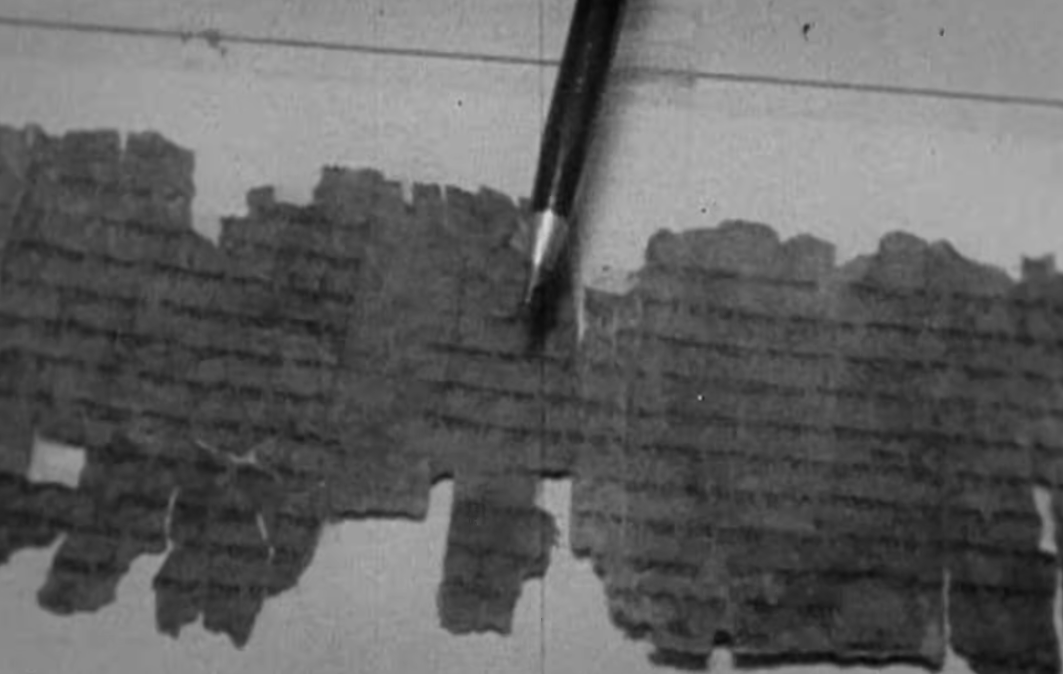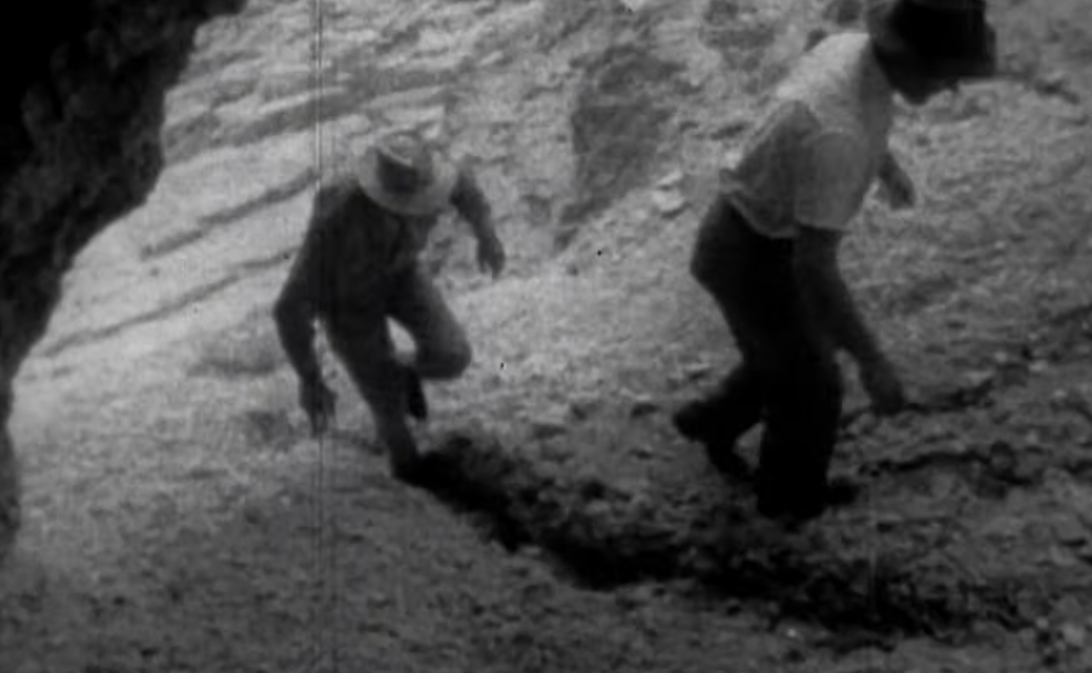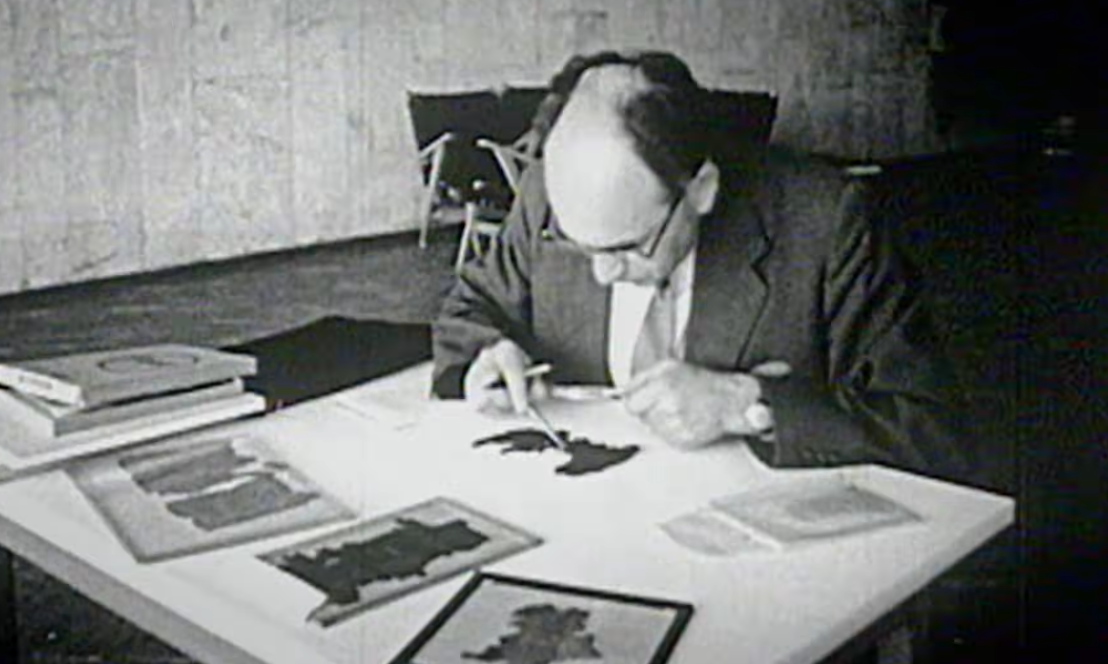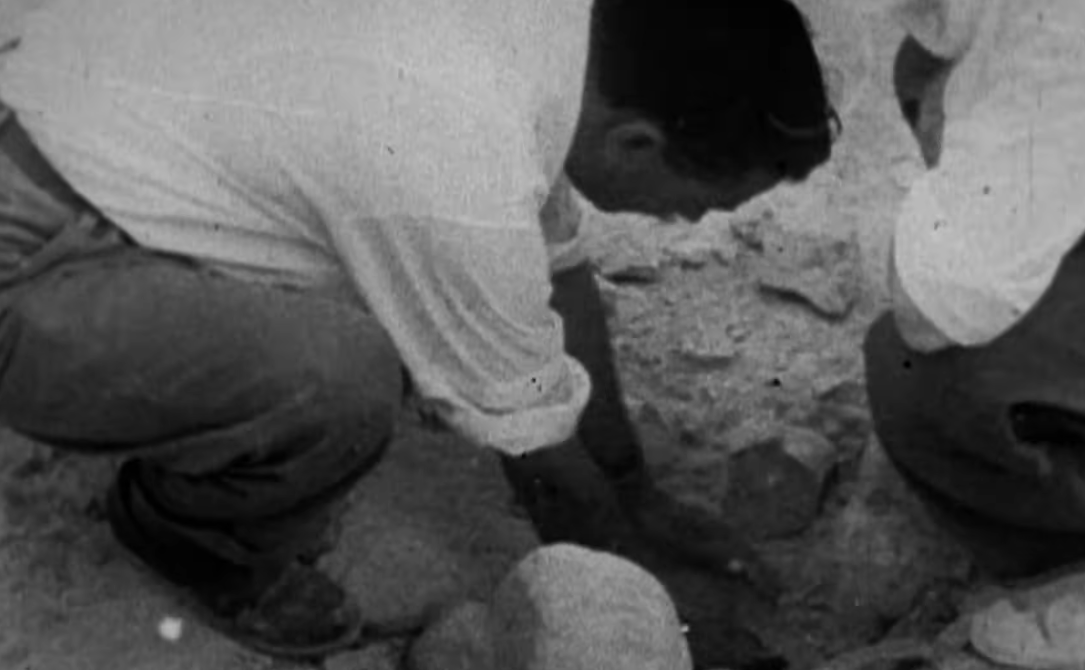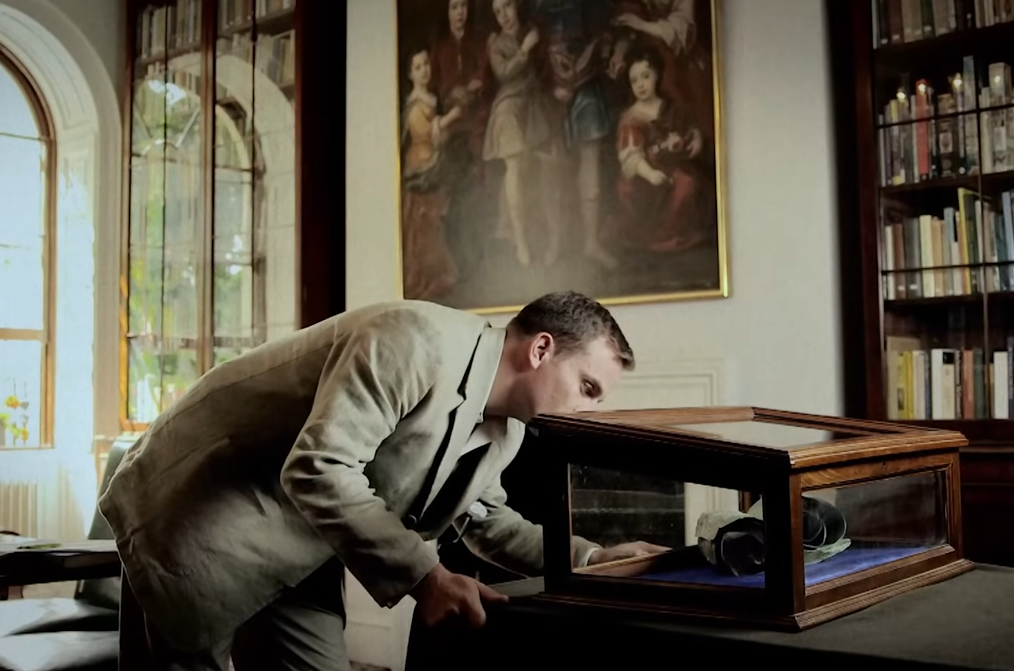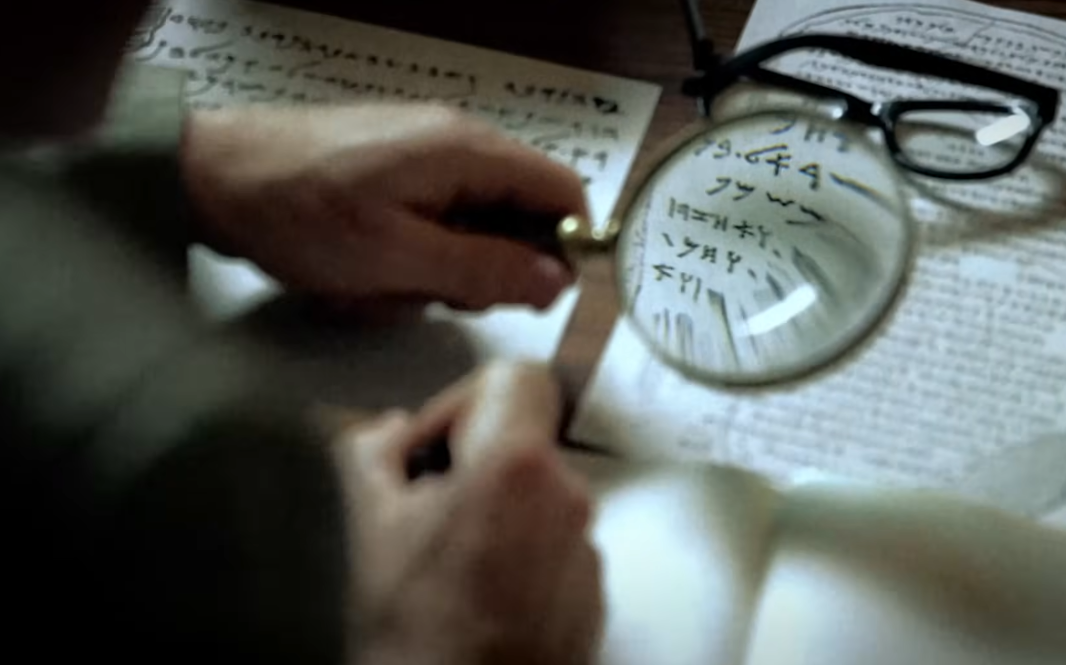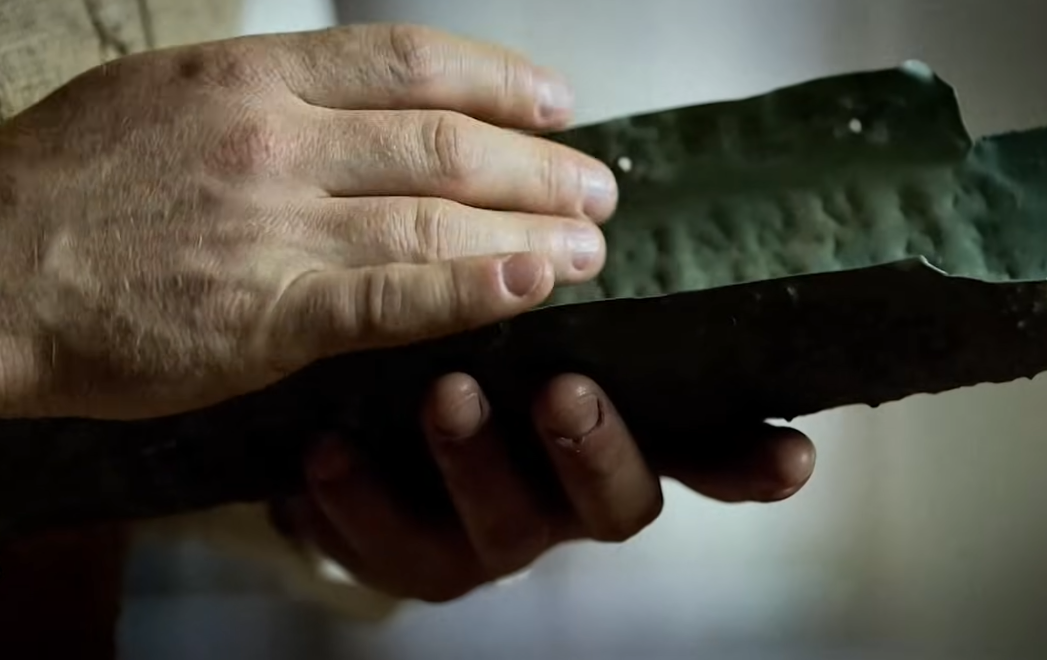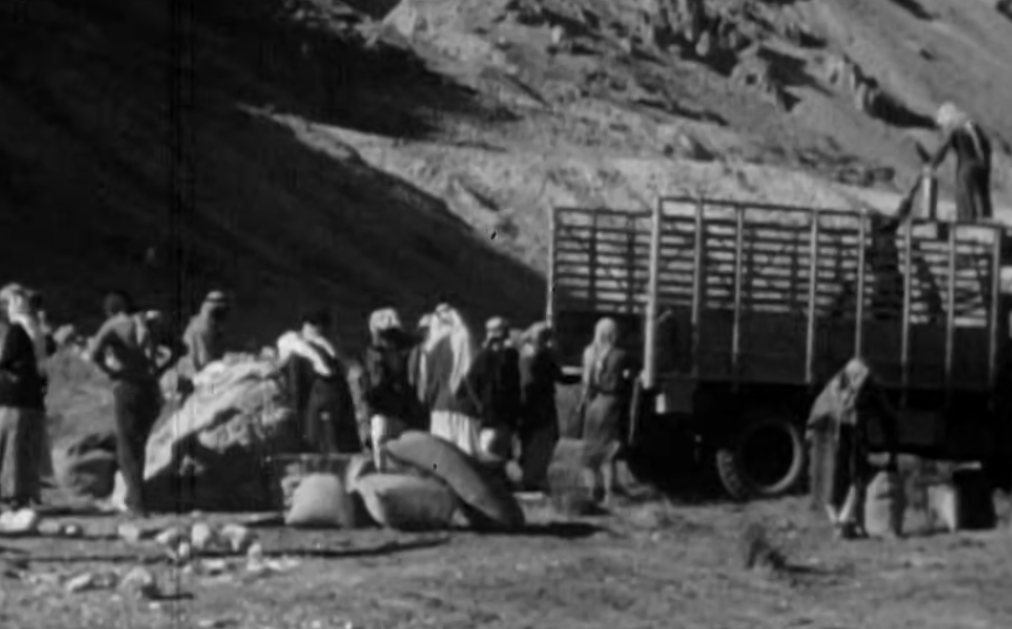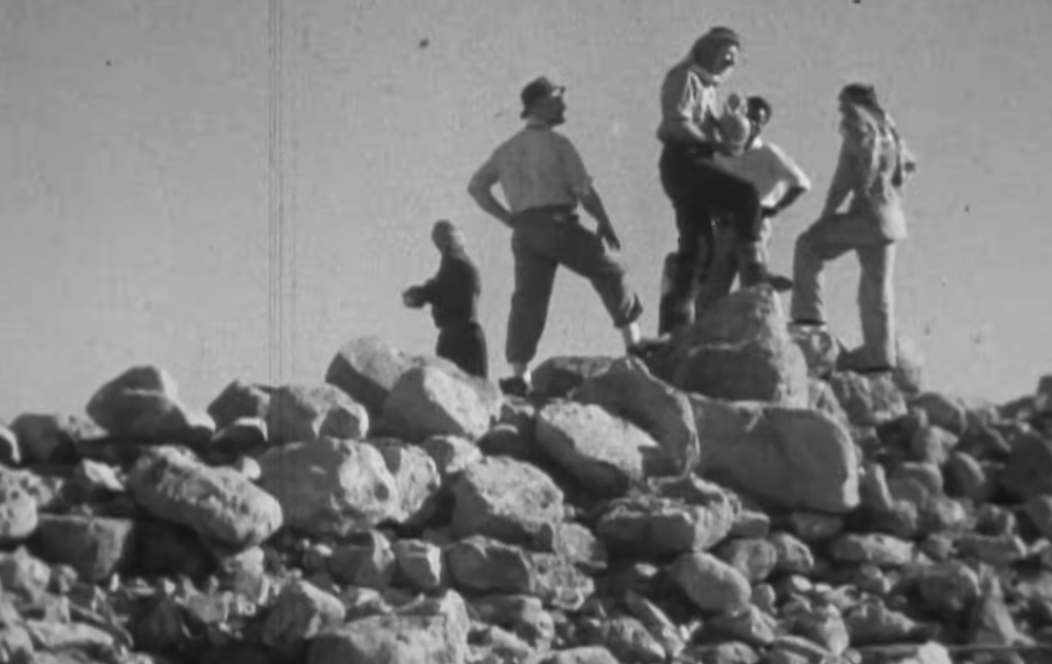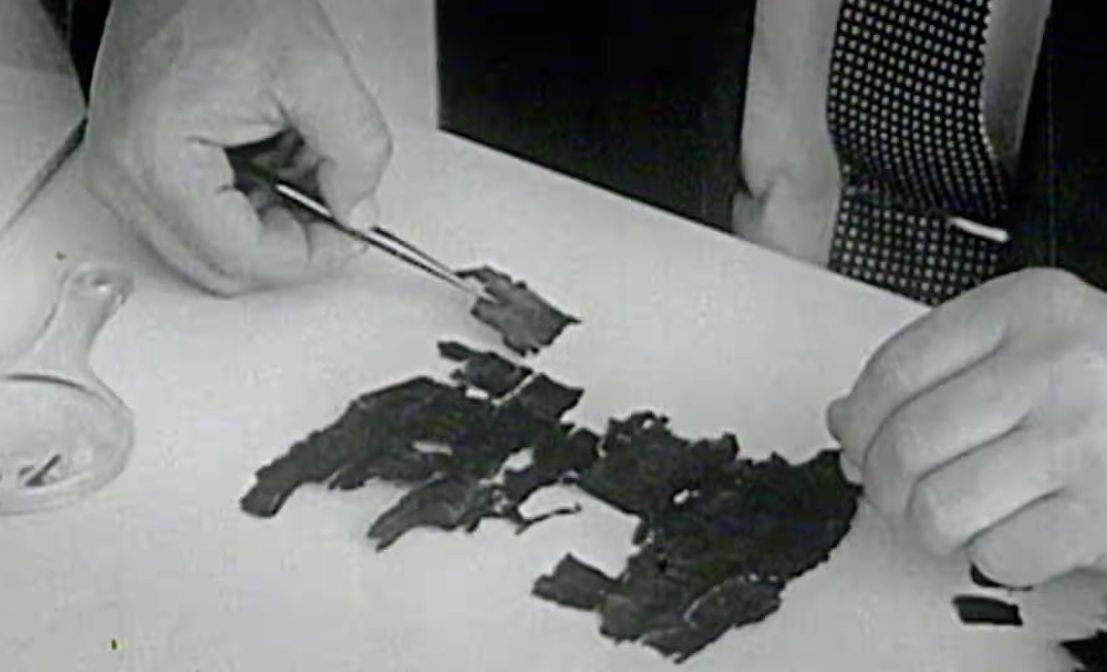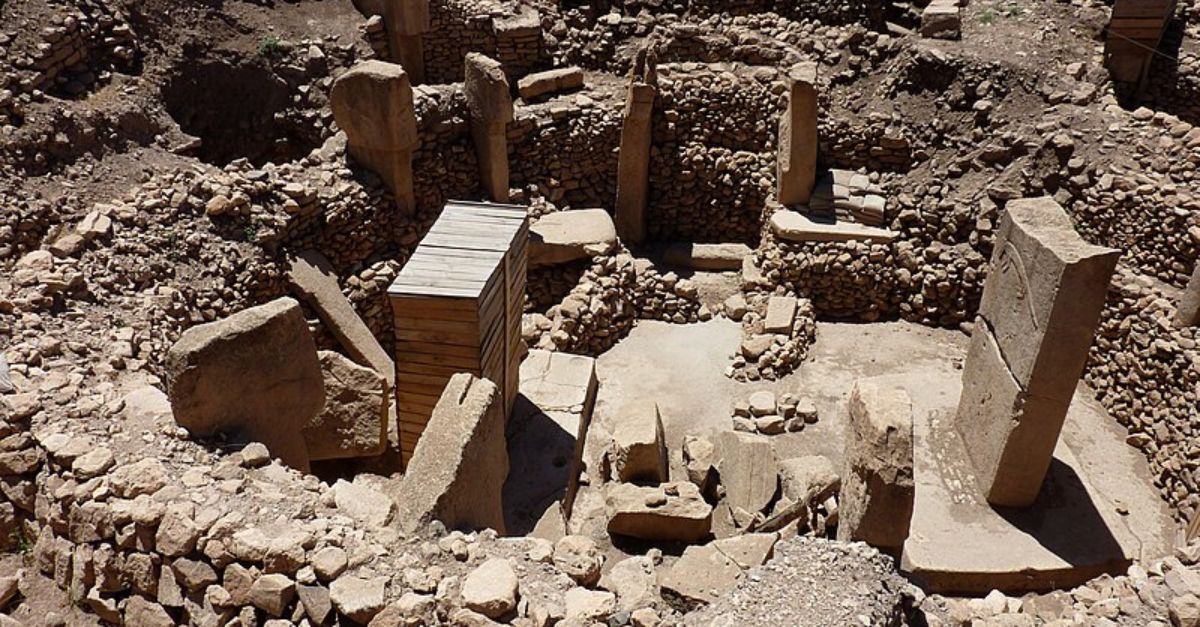Old Secrets Unearthed
In late January, the archaeological world was alive with the news that a papyrus scroll over 1,500 years old—first discovered in 1950—had finally been analyzed. It revealed extraordinary details about the life of a Roman prosecutor preparing for a trial that had it all: scandal, intrigue, and punishment. Join us as we take you inside a criminal trial in Israel that's been described as the most significant trial since Jesus of Nazareth.

The Original Discovery
The papyrus scroll was first discovered in 1950 in the Judean desert, likely by Bedouin antiquity dealers. It contained 133 lines of written text, making it one of the most extensive documents from that era. Despite being kept at the Austrian Academy of Sciences, it was forgotten in the archives until it was rediscovered in 2014.
 AVRAM GRAICER, CC BY-SA 3.0, Wikimedia Commons
AVRAM GRAICER, CC BY-SA 3.0, Wikimedia Commons
Three Teams Of Experts Rediscovered The Papyrus Scroll
In 2014, the document was rediscovered and reanalyzed by three teams of experts from the University of Vienna, the Hebrew University of Jerusalem, and the Austrian Academy of Sciences. Hannah Cotton Paltiel, who translated the text, was chief among them.
What Is Papyrus?
Papyrus is one of the most ancient writing scroll materials. The thick paper-like material was made from the pith of the papyrus plant, which is found across Egypt and much of the Middle East. The Egyptians, Greeks, and Romans used it historically. One of the first translated papyri describes the final years of building the Great Pyramids of Giza.
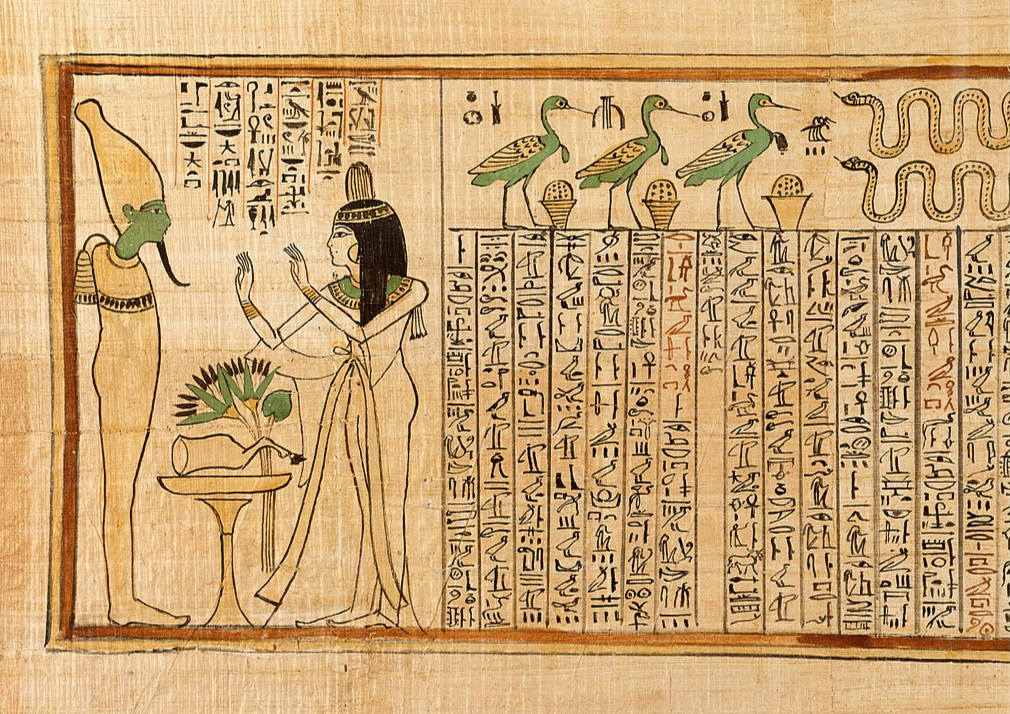 Metropolitan Museum of Art, CC0, Wikimedia Commons
Metropolitan Museum of Art, CC0, Wikimedia Commons
Lost In Translation
While sifting through the archives at the Hebrew University of Jerusalem's Israeli Antiquity Authority, Cotton Paltiel discovered that the document was labeled "Nabatean"—the language of an ancient people who inhabited the Southern Levant around 312 BC. However, she noted that the language was actually Greek.
The Linguistic Discovery Changed Everything
Hannah Cotton Paltiel's discovery that the 1,900-year-old scroll was written in Greek changed everything for the teams. They began re-translating the document using a completely different timeline: the Roman era. For her work, research team members have named the scroll "Papyrus Cotton".
What Was Revealed?
Using this new timeline and a new language to translate, the research team discovered that the document was likely written by a Roman prosecutor preparing for a massive trial involving crimes such as document forgery, tax evasion, and rebellion against Rome.
Dating The Papyri Back In Time
Using the translation, Paltiel and her team could backdate the papyri scroll to a time speculated as the Jewish Revolt against the ruling Roman order. This unrest, known as the Jewish Revolt, occurred between 66 and 73 BCE and destroyed Jerusalem.
The Jewish Diaspora Revolt
The Jewish Diaspora Revolt began in 115 CE, following years of Roman rule marked by the cruelty of Roman governors and increased inequality for Jews across the Roman Empire. This was the second such conflict between Jews and Romans after the First Jewish-Roman conflict of 66-73 CE.
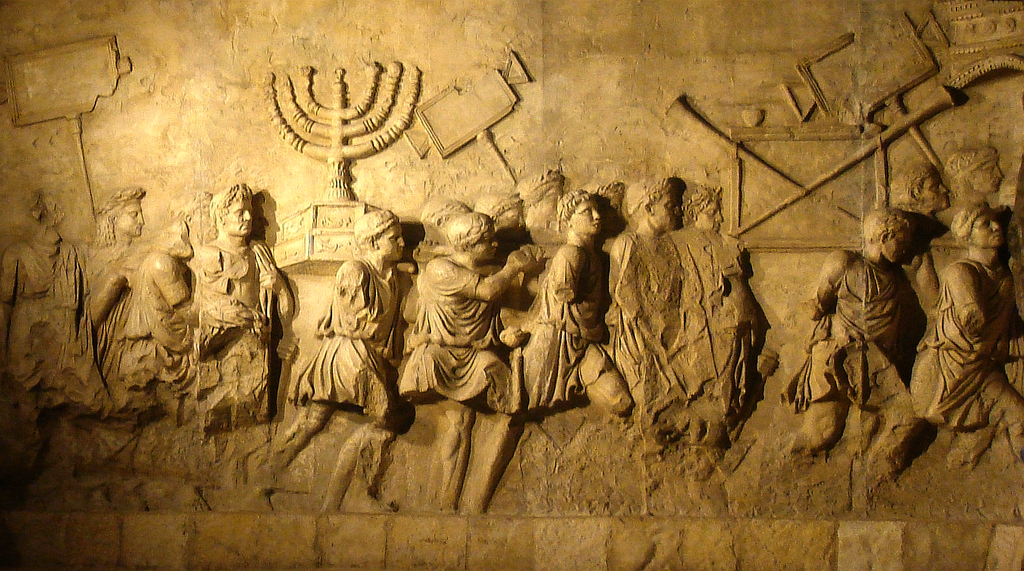 Steerpike, CC BY 3.0, Wikimedia Commons
Steerpike, CC BY 3.0, Wikimedia Commons
The Timeline Of The Case
This case is thought to have occurred between the Jewish Diaspora Revolt, which concluded in 117 CE, and the Bar Kokhba Revolt (132-136 CE), a large armed rebellion against the Roman Empire led by Simon Bar Kokbha.
 Enrico Glicenstein, Wikimedia Commons
Enrico Glicenstein, Wikimedia Commons
The Document's Specifics
Among the many crimes laid out in the prosecutor's documents, one of the most harrowing was that of the two men who were due to be prosecuted for the falsification of documents relating to the sale and freeing of enslaved people.
Who Were The Accused?
The document accuses two men: Gadalius and Saulos. Both are Jewish men, but based on the accusations, the former was more violent than the other. Gadalius seemed to have a history of violence, counterfeiting, and inciting rebellion.
A Plot Against The Emperor?
Because of the timing of the accusations and trial, around 129 CE, it's speculated that the pair may have been plotting against Emperor Hadrian—who visited Judaea during that time—but were caught before any plot could be carried out.
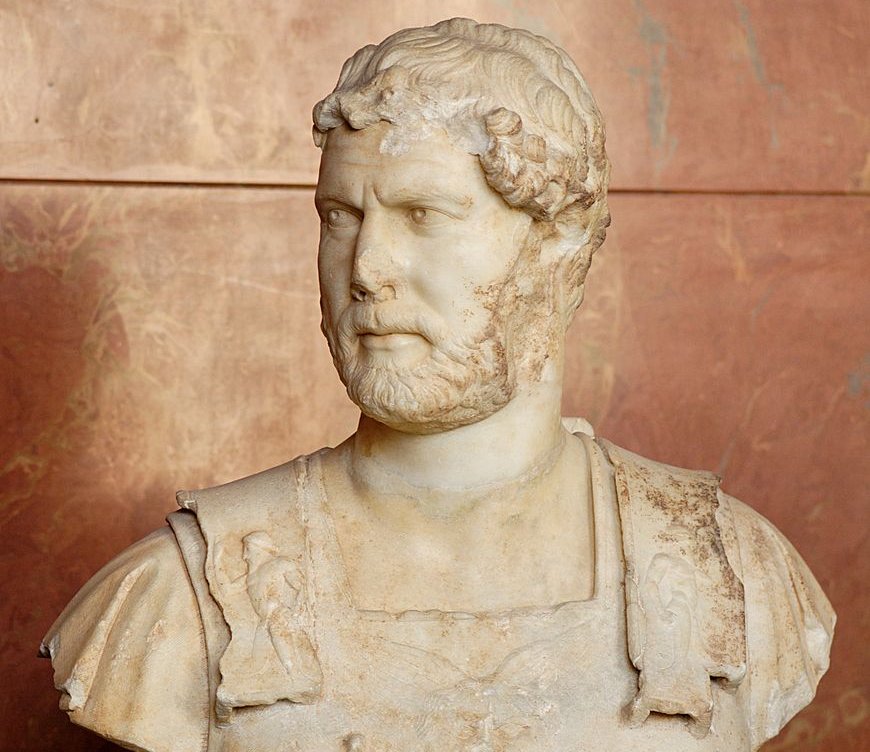 Louvre Museum, Wikimedia Commons
Louvre Museum, Wikimedia Commons
The Longest Greek Papyrus Found In The Judaean Desert
According to researchers, it's the longest Greek papyrus found in the Judaean because it is 133 lines long. They were also impressed by how intact it was—its existence was a minor miracle. They explained, "These notes are usually thrown away after the trial. Somebody thought these were important enough to hang on to".
Why Was It Written In Greek And Not Latin?
This begs the question: Given that Latin was the language of the day in Rome, why was the papyrus written in Greek? The Romans preserved the languages of many of the Hellenistic kingdoms they conquered during this time.
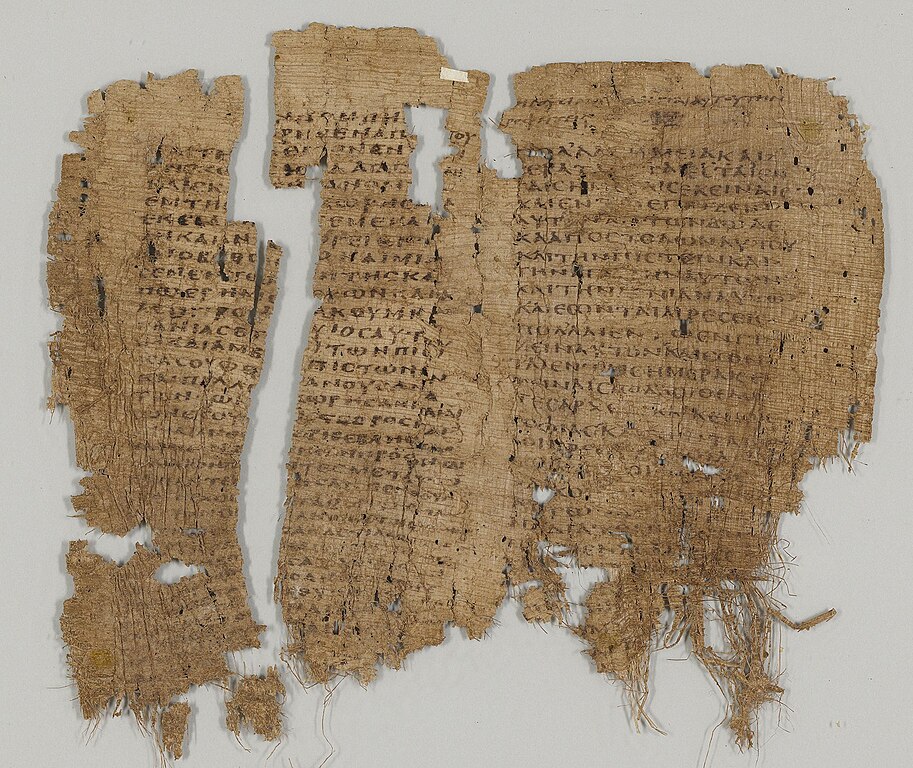 Unknown Artist, Wikimedia Commons
Unknown Artist, Wikimedia Commons
Who Were The Prosecutors?
While the identity of the person who made these notes will forever remain a mystery, researchers speculate that they must have been fairly high up in the Roman legal system that ruled the land. They were likely an assistant or scribe to a Roman prosecutor and probably Jewish, given where the artifact was found.
Not All Were Against The Roman Occupation
While many, such as our fair friend Gadalius, opposed Rome's occupation, many Greek and Jewish elites at the time did not. The rebellions raised suspicions about their loyalty to Rome, so they sought to discourage their fellow Jews from revolting. It was better to live under the Roman boot than find oneself on the wrong end of a Roman sword.
A Pair Of Rebels?
According to Dr Anna Dolganov at the Austrian Academy of Sciences, the pair may have been connected to a network of Jewish rebels who dug tunnels from Judaea to Arabia (modern-day Jordan) to move formerly enslaved people, rebels, or weapons undetected. However, Dr Dolganov thinks a more likely outcome is greed.
Good Old Fashioned Greed
It's more likely, according to Dr Dolganov, that the pair were using the tunnel network to move enslaved people without having to pay taxes on the transfer of enslaved people to a different owner, as was the law in Rome.
The Crime Is Detailed
Saulos appeared to sell enslaved people to a friend in Arabia but wanted to do so without alerting the Roman authorities. He needed a document to prove the sale was legitimate, and Gadalius, the son of a notary, helped him acquire a forgery.
The Best Documented Court Case Since Jesus
Dr Avner Ecker, part of the Hebrew University of Jerusalem team, says this is the "best-documented case from Judaea since the trial of Jesus". Her colleague, Dr Dolganov, speculates, "I don't think this is the last that has been said about this document, I believe it will be a source of research in the future".
You May Also Like:
Illustrious Facts About Belisarius, The Last Great Roman General
Interesting Facts About Athens, The Jewel Of Ancient Greece
Venerable Facts About The Oldest Cities On Earth
Sources:


